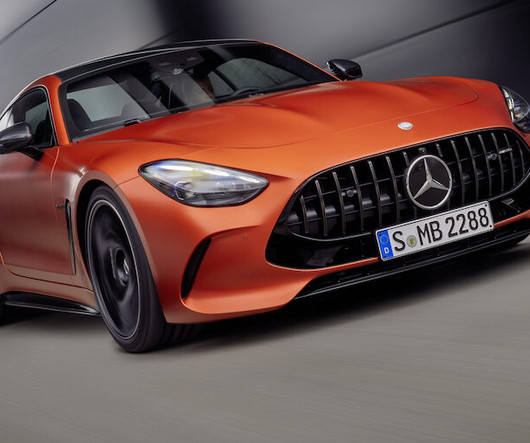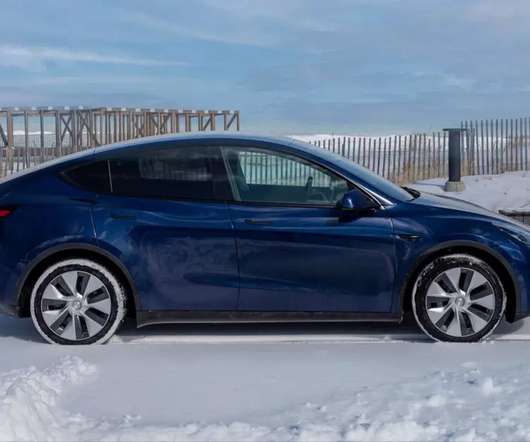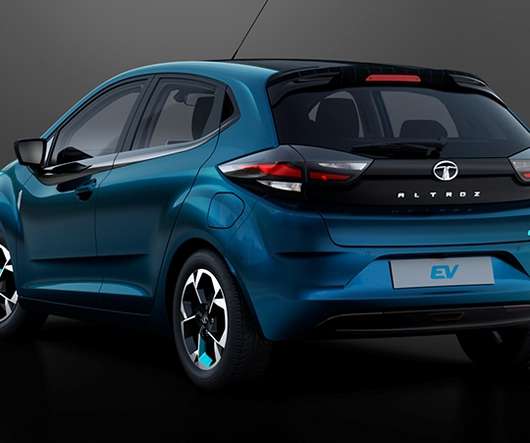Cadillac ELR EREV uses active noise canceling across all engine speeds
Green Car Congress
OCTOBER 17, 2013
The 2014 Cadillac ELR extended range electric vehicle uses active noise canceling across all engine speeds when the on-board gasoline-powered electric generator turns on for extended-range driving. —Chris Thomason, ELR vehicle chief engineer.

































Let's personalize your content